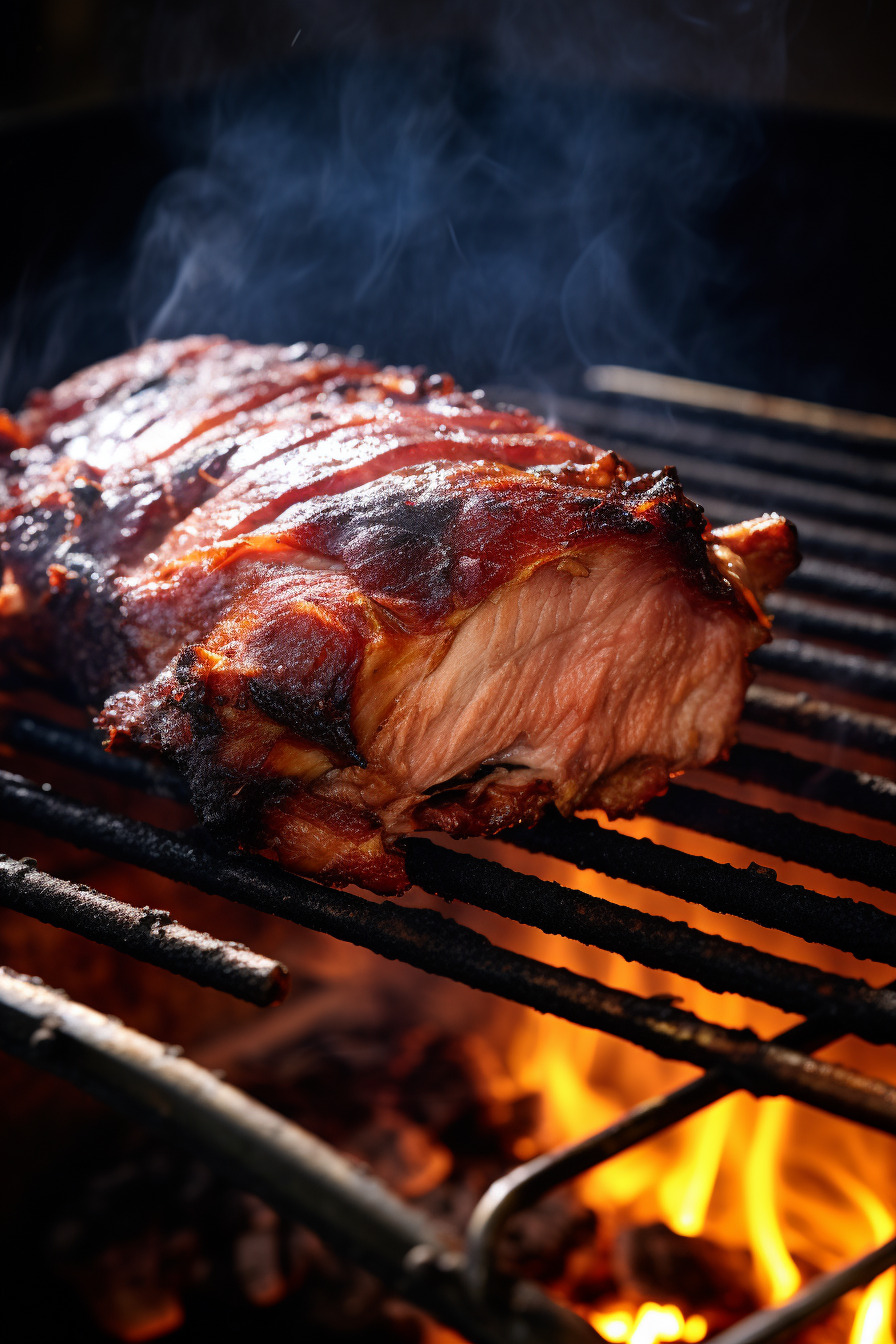A flavorful and tender BBQ pulled pork recipe that is perfect for any occasion.
The Best BBQ Pulled Pork
This recipe is a favorite from Meathead Goldwyn, a renowned BBQ expert. His method for creating the perfect BBQ pulled pork involves a slow and steady cooking process that results in tender, flavorful meat that’s perfect for sandwiches, tacos, or simply enjoyed on its own.
Ingredients
- 1 Pork Butt (4 to 6 pounds)
- Salt for dry brining
- 1 bottle of Meathead’s Memphis Dust
- Water or yellow mustard for slathering
- 4 ounces of wood chips, pellets, or chunks
Directions
- Trim most of the fat from the exterior of the meat but not all of it. Leave no more than 1/8". If your butt is not already tied, hogtie it with kite string.
- Dry brine the pork butt 12 to 24 hours in advance. Just before cooking, wet the surface with water and sprinkle on the Meathead’s Memphis Dust.
- Insert a digital probe and position the tip right in the center. Fire up a smoker to about 225°F or set up a grill for 2-zone or indirect smoke cooking. Put the meat on, right on the grate, not in a pan, add about 4 ounces of wood chips, pellets, or chunks to the fire.
- When the meat hits about 150°F internal temp it will probably stall. You can just ride it out or you can bust through by cranking the heat to about 300°F or by wrapping the meat tightly in foil.
- When it hits about 170°F, collagens, which are part of the connective tissues, begin to melt and turn to gelatin. When it hits 195°F, it may be ready, and it may not be ready. Usually, aim for 203°F, but it’s time to check.
- When it is finally ready, go ahead, take a taste. If you are more than an hour from mealtime, you can leave the meat on the cooker with the heat off or put it in the indoor oven and hold it there by dialing the temp down to about 170°F.
- About 30 minutes before sitting down for dinner, put the meat into a large pan to catch drippings. If your butt came bone-in, the blade should slide right out if it was cooked properly.
- This recipe requires a slow and steady cooking process. Make sure to monitor the temperature of the meat and adjust the heat as needed. The end result is well worth the wait!

